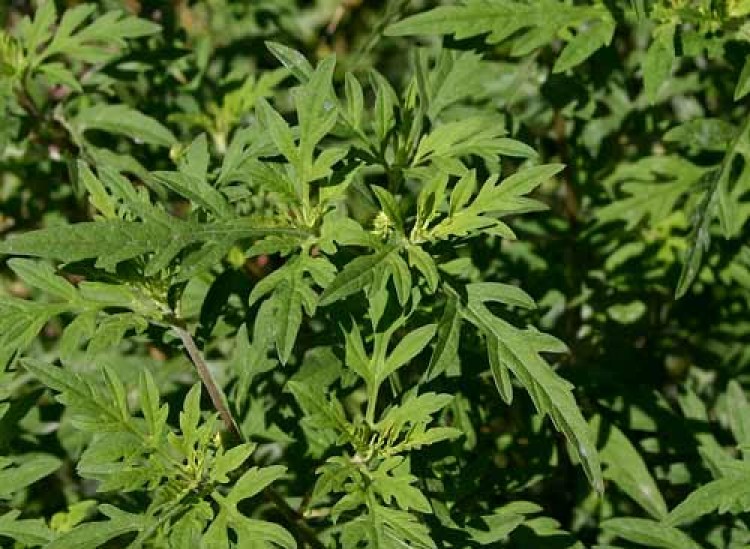Allergies have increased in the United States mostly due to increases in ragweed and mold sensitivities, according to preliminary results from the nation’s largest-ever cross-sectional study, conducted by Quest Diagnostics Health Trends.
Called “Allergies Across America,” the four-year analysis of almost 14 million allergy tests from more than two million patient visits shows that sensitization to the two substances rose most out of the 11 most common allergens tested: 15 percent for ragweed and 12 percent for mold.
The combined increase for all of the allergens together, including house dust mites, cats, dogs, and certain foods, was 5.8 percent.
“We believe this is the first large national study to show that the growing prevalence of allergies, suggested by other studies, is largely due to increases in environment-based allergens previously associated with climate change,” said study author Dr. Stanley J. Naides at Quest Diagnostics In a press release.
“Given concerns about a warming climate, additional research is needed to confirm these findings and assess the possible implications for public health.”
Previous research has shown that warmer temperatures can lead to longer blooming seasons, leading to an increase in some allergens, such as ragweed. Another study reported on earlier this year by The Epoch Times revealed that the ragweed season was almost one month longer in 2009 than in 1995 in higher latitudes of North America.
A warmer climate may also lead to higher levels of mold, which is a precipitation-affected aeroallergen, according to Quest Diagnostics.
The new study also ranked the 30 worst big cities for ragweed with Phoenix at the top with 29.3 percent, and Las Vegas with 25.7 percent, while Miami had the lowest with 10.8 percent and San Francisco had 11.4 percent. The top cities had sensitization levels almost triple those at the low end of the ranking.
Dr. Princess Ogbogu, assistant professor of medicine and pediatrics at The Ohio State University, said a longer research period is needed, and noted that the study did not include sensitivities to grass and tree pollen. “It’s hard to say that it’s 100% climate change,” she said, according to News-Medical.
Pediatric allergist Susan Schuval at Cohen Children’s Medical Center, New York, said the size of the study is impressive and confirms specialists’ observations in practice, News-Medical reported.
However, she added that the study was based on blood testing which has a false positive rate of around 15 to 20 percent.
Allergy Study Shows Mold and Ragweed Levels Rising

By Cassie Ryan,
5/27/2011
Updated: 10/1/2015







Friends Read Free